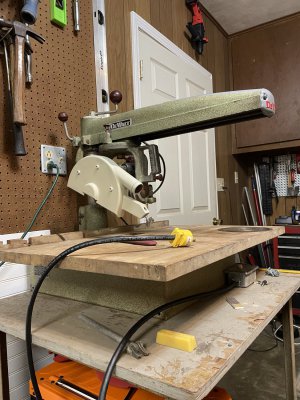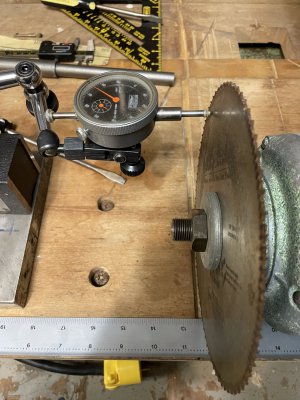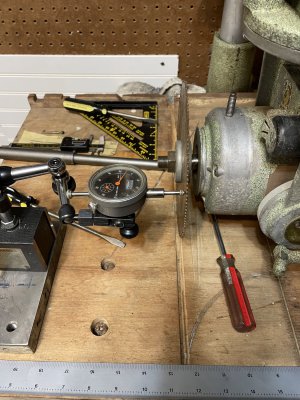- Joined
- Dec 3, 2017
- Messages
- 2,125
I don’t have the space for such a great saw as Mike is working on. But I hoped there may be some answers among you. I am registered over at the Delphi forums, but it’s not a great interface.
So today I’ve got a simple question, which isn’t necessarily tied to radial saws.
I read in the Delphi forums somewhere that the saw blade should stop spinning within 8 seconds of cutting the power. This was said to prove the motor bearings were good. This doesn’t seem quite right to me. But another thing about the Delphi forum is that most of this old wisdom is ten years old at least.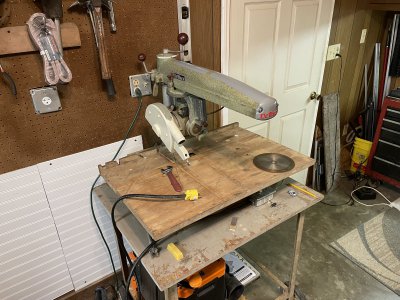 So will anybody here familiar with RAS co-sign on that statement? If yes, can you tell me why?
So will anybody here familiar with RAS co-sign on that statement? If yes, can you tell me why?
My little saw doesn’t have a blade brake, and stops in 10 seconds. The shaft rotation feels smooth, and it makes no strange noises.
And here’s a picture. I tried to stylize my rust cover up job, and it doesn’t look as good as I hoped.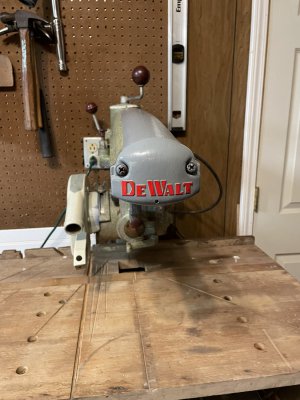
So today I’ve got a simple question, which isn’t necessarily tied to radial saws.
I read in the Delphi forums somewhere that the saw blade should stop spinning within 8 seconds of cutting the power. This was said to prove the motor bearings were good. This doesn’t seem quite right to me. But another thing about the Delphi forum is that most of this old wisdom is ten years old at least.
 So will anybody here familiar with RAS co-sign on that statement? If yes, can you tell me why?
So will anybody here familiar with RAS co-sign on that statement? If yes, can you tell me why?My little saw doesn’t have a blade brake, and stops in 10 seconds. The shaft rotation feels smooth, and it makes no strange noises.
And here’s a picture. I tried to stylize my rust cover up job, and it doesn’t look as good as I hoped.



